Philemon was born on October 6, 1758, in Caroline County, Virginia, to Moza and Mary Hurt. He is my fourth great grandfather.
Biography
On February 27, 1776, at the age of eighteen, Philemon enlisted in the Continental Army for a term of two years. He served as a Corporal with the Fifth Virginia Regiment of the Continental forces commanded by Lieutenant Josiah Parker. Philemon joined Captain Harry Terrell’s Company, designated at various times as Captain Samuel Colston’s and Captain William Fowler’s Company. He was paid $7 per month. On his company muster roll dated September 1, 1777, the remark on his card read “sick Wilmington.” On October 11, the remark was “sick absent.” He remained sick through January of 1778 and was discharged on March 5, 1778. His last pay “included 20 days allowed for traveling home.”
According to James B. Taylor, author of Virginia Baptist Ministers, Philemon entered the ministry after the war. Mr. Taylor goes on to state that, in 1793, Philemon was
“called to the pastorate of Catawba Church, Halifax County. Whether he was permanently the pastor of any other church cannot be distinctly stated, but in connection with the above-named body he was a laborious, active minister for more than 30 years….
Having engaged in the responsible work of instructing others, he found a new excitement to his natural thirst for knowledge. His sense of responsibility would not allow him to be a blind leader of the blind, but, in the words of the Apostle, he determined to ‘give attention to leading.’ A judicious selection of books was obtained, and, with the great text-book of the theological student constantly before him, he made himself ‘a scribe well instructed.’ Nor was he satisfied with biblical learning alone. The ample stores of knowledge within his reach were not disregarded. From these he drew, and they enriched his mind, preparing him the better to defend and enforce the truth. It is said that he became an instructive and energetic preacher, presenting his thoughts in language perspicuous and impressive. His regular congregations were well taught in spiritual things, for as a householder, faithful in his vocation, he constantly prepared and brought forth out of his treasure things new and old.
As an evidence of the strength of his influence, it may be stated that the church he served for so many years was regarded as one of the most effective of the Roanoke Association. Semple says: ‘Catawba Church has been a flourishing church from the beginning. They have generally had among them several private members of intelligence, piety, and prudence, that were rich in this world, and willing to communicate. Hence they have so frequently had the Association at their meeting-house. Mr. Philemon Hurt, their pastor, is a sensible, sound, and solemn preacher; a friend to discipline and order; and has done much good in his day and generation.’
In many respects Mr. Hurt was much favored. He enjoyed a large competency in respect to the things of this world. He saw, too, his children all coming into the enjoyment of the Christian hope. One of them became an intelligent minister of the gospel. His eldest son, Robert Hurt, was often permitted, in the same pulpit with his aged father, to preach the gospel of the grace of God. This our venerable brother regarded as the richest of all blessings.
Philemon, called “one of the most approved and useful preachers of the Roanoke Association” by James B. Taylor, preached throughout his old age, often sitting to deliver his sermon.
Marriage
On December 11, 1780, Philemon married the seventeen year old Elizabeth Mann (1763-1816), sister to Agnes Mann whom his brother James would marry two years later. The couple settled in Halifax County. Elizabeth Mann died in 1816 at the age of 53, leaving Philemon a widower. Not long after, Philemon left his familiar home to join his sons and a number of other Halifax County families who were migrating to Tennessee.
Children
Their first child, Robert, was born one year later in 1781. He was followed by two girls, Sarah (called Sally), born in 1783, and Martha (called Patsy), born in 1786. Their second son, James Mann Hurt, was born on July 25, 1797 when Elizabeth was 34 years old. Why there was a gap of eleven years between the last two births, I haven’t been able to find out. Perhaps there were other children born who died young or at birth for whom there are no records. Philemon’s daughters, like most of the women in the Hurt family, married at the age of seventeen, Sarah on August 12, 1800, to John Robins Hall, and Martha in 1803 to Nathaniel Barksdale, Jr.
Residence
The 1782 Heads of Households Census from Halifax County, Virginia, lists Philemon Hurt with four whites and four blacks in the household.
In 1783, Philemon bought land on Terrible Creek in Halifax County from his father, Moza.
The 1785 Heads of Families Census from Halifax County, Virginia, lists Philemon Hurt with six whites, one dwelling, and six other buildings.
Hurts in Tennessee
After the Revolution, western lands opened up for settlement and land grants were offered to veterans. Virginia, affluent as a colony, became depressed economically as a state, causing many Virginians to emigrate in search of a better life and the opportunity to become land owners. Many Virginians chose Tennessee, streaming through the Cumberland Gap and using the Tennessee and Cumberland Rivers to get to the region of gently rolling hills and valleys of Middle Tennessee.
Philemon’s family kept going until they reached western Tennessee, whose rolling hills flatten as they meet the low bottomlands near the Mississippi River, and whose large plantations must have reminded them of their home in Virginia. This Western District of Tennessee had opened up for settlement when Andrew Jackson purchased the region from the Chickasaw Indians, who were pushed further and further west, until being forcibly relocated to Indian Territory (now Oklahoma) in the 1830’s. By the time the Hurts arrived around 1827, most of the fighting between the Chickasaw and the early settlers had abated. The Hurts took a liking to Carroll County, near the Obion River, which already had a population of around 9,000 people.
There were three towns at this time in Carroll County: McLemoresville, Christmasville, and Huntingdon. The Hurts settled in McLemoresville, named for the man who established a surveyor’s post, McLemore’s Bluff, on the South Fork of the Obion River in 1795. They prospered there, as ministers, landowners, and business men. Philemon lived for ten years after settling in Tennessee, and must have been proud to see his children become well-respected citizens of the growing town. He died at the age of seventy-nine on January 19, 1837, and was buried in the Hurt Cemetery outside of McLemoresville. According to the dramatic James B. Taylor, the physician attended Philemon before his death remarked, “His resignation and composure in the hour of death were as perfect as could proceed from the united influence of religion and philosophy. In every conversation which I had with him, he talked freely of his approaching end, seemed conscious that it was near at hand, did not dread it, and frequently observed, that to die was all he had to do this side the grave, and that it mattered not how soon.”
Military Service
-
Philemon Hurt Rev War Record, 5th VA Regiment, p1
-
Philemon Hurt Rev War Record, 5th VA Regiment, p2
-
Philemon Hurt Rev War Record, 5th VA Regiment, p3
-
Philemon Hurt Rev War Record, 5th VA Regiment, p4
-
Philemon Hurt Rev War Record, 5th VA Regiment, p5
-
Philemon Hurt Rev War Record, 5th VA Regiment, p6
-
Philemon Hurt Rev War Record, 5th VA Regiment, p10
-
Philemon Hurt Rev War Record, 5th VA Regiment, p7
-
Philemon Hurt Rev War Record, 5th VA Regiment, p8
-
Philemon Hurt Rev War Record, 5th VA Regiment, p9
-
Philemon Hurt Rev War Record, 5th VA Regiment, p11
©2007, Karen Furst. Please feel free to link to any of these pages. This information is for personal use only. Please do not copy, publish, or distribute it elsewhere.
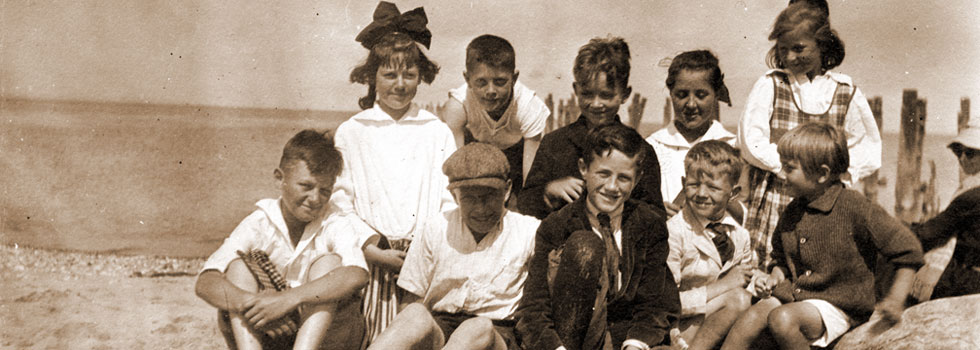
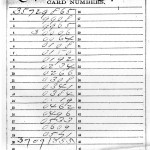
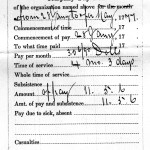
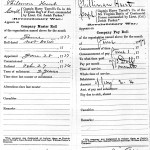
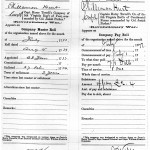
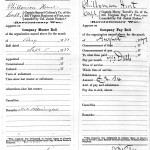
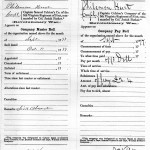
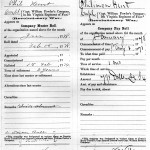
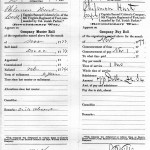
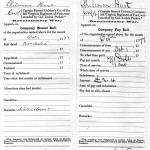
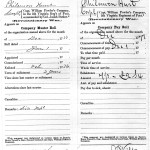
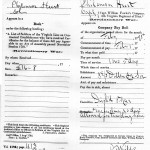
Karen, I find your information AMAZING, and remarkable that it is my family too. Moza Hurt being my 4th ggfather
Thank you for sharing so freely!
You are very welcome!
Karen,
You and I have corresponded in the past about some of our connecting relatives. Now in one of the marriage records for Sarah Hurt being married to John Robins Hall, it has her father listed as Philip Hurt. I have 3 Sarah Hurts in my listings and they are all beginning to drive be bonkers. How did you come up with Moza and Phebe Hurt being her parents?
Right now I am so confused with so many Sarah’s being in the same area.